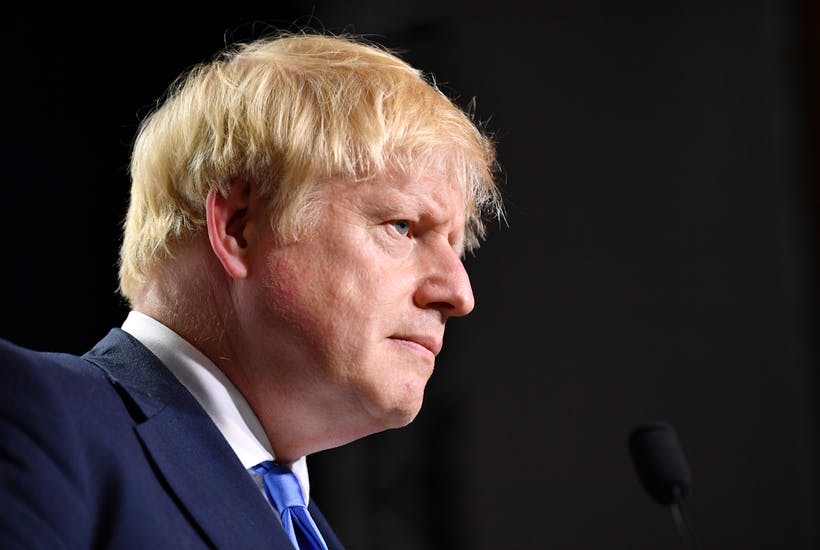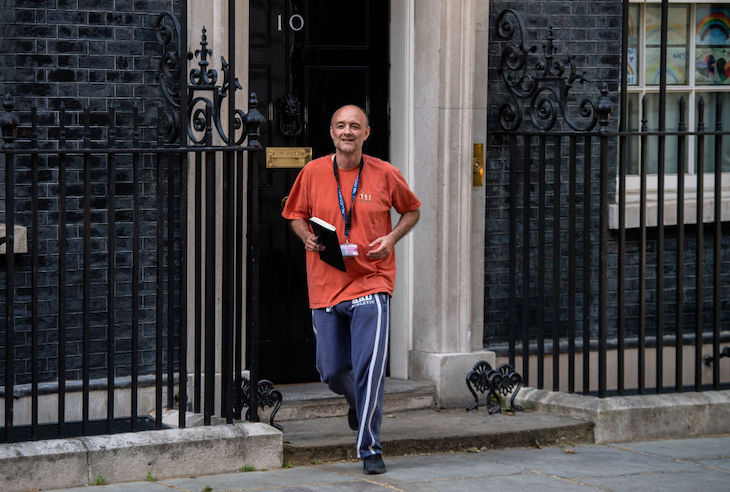Of all those fighting the UK general election, the Conservatives are the only ones who need a majority. Labour just needs enough seats to club together with the Scottish National party in order to form a government. The nationalists aim to win almost every seat in Scotland and then call a new independence referendum. The Liberal Democrats would like (at the very least) to double their count of 19 Members of Parliament, and stand a good chance of doing so. As for the Tories, they cannot rely on the DUP or anyone else to get over the line. Nothing less than an overall majority will do.
In theory, this is not so hard: Boris Johnson needs to win eight more seats than Theresa May did in 2017. The trouble is government ministers say that they find it easier to name the seats the party will lose than those it will gain. Their 13 Scottish seats look rather vulnerable, as do their MPs in Remain-voting areas of the South West. To make up for losses, the Tories hope to pick up seats in Leave towns in the Midlands, northern England and Wales as well as swing seats across the country. But this means winning over voters who have, over the years, proven strikingly immune to Tory charms.
The main focus will be the so-called ‘red wall’ — the block of traditional Labour seats in the Midlands and the North which have been Labour for generations. The idea of these places (e.g. Bolsover, Bishop Auckland and Ashfield) voting Tory was once unthinkable. But the combination of Brexit and Jeremy Corbyn has led the Conservatives to believe that these seats are within reach.
Of course, Theresa May had a similar plan in 2017. She failed, due to a Labour surge, but the Tory vote held up with target seats like Walsall North, Mansfield and North East Derbyshire turning blue. Notably, Conservative MPs in seats like these are the most gung-ho about this election. The Tories hope a well-executed campaign in which they reinforce their Brexit message with increased public spending promises for domestic policies will lead to them scaling the wall.
The people whom the Tories need behind the ‘red wall’ are nicknamed ‘Dennis Skinner voters’ after the 87-year-old ex-miner MP. They tend to be instinctively Euroskeptic yet tribally left. Research by the think tank Onward has found that the voters the Tories need to win over here are patriotic white working-class men in their forties, who were at one point dyed-in-the-wool Labour but are put off by Corbyn. But they’ll have to fend off the Brexit party, which believes that anti-Tory sentiment in places like Bolsover and Ashfield runs deep. Nigel Farage’s party may be a more simple proposition.
Tory strategists believe that their pro-Brexit message will reap rewards across the country. Wales, in particular, is seen as prime hunting ground. There’s even talk among government aides that any losses the Tories sustain in Scotland could be made up for by the Welsh. The Tories won eight seats there in 2017, compared with Labour’s 27. However, a Tory campaigner with experience on the ground there urges caution: ‘There are a lot of Euroskeptics in Wales but they are also tribal.’
Finally, there are the seats the Tories hope to win back: Canterbury, Kensington, Wirral West and Gower, all of which might be in play if Corbyn’s unpopularity dampens the Labour vote.
In theory, it all makes perfect sense. But in practice, the electorate is extremely volatile. Tory MPs need only look to the 2017 snap election if they want a reminder of how quickly an advantage can collapse.
This article was originally published in The Spectator’s UK magazine. Subscribe to the US edition here.


























